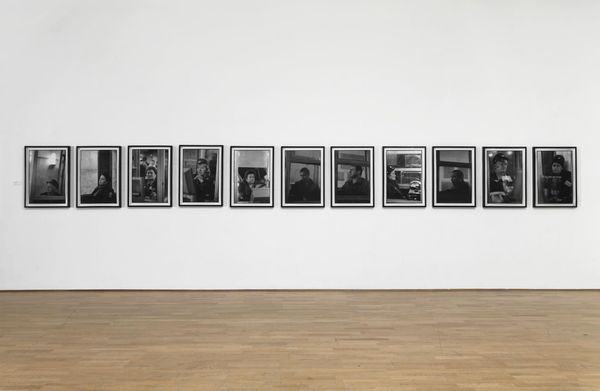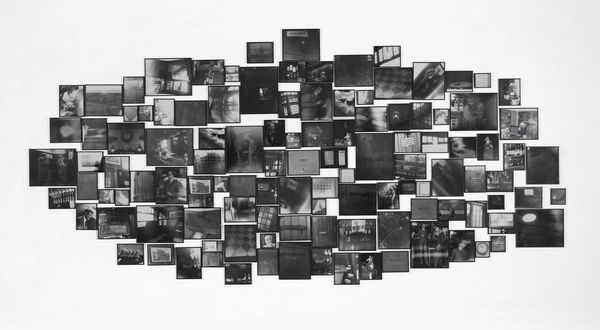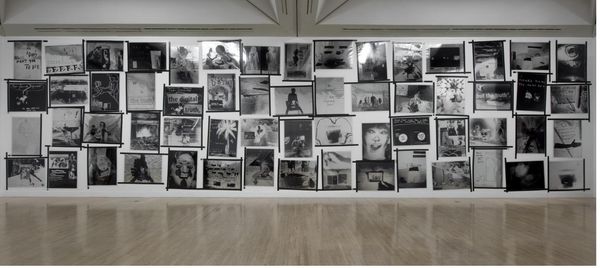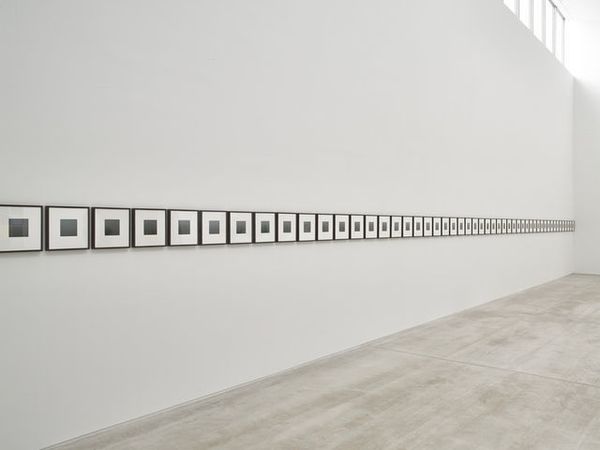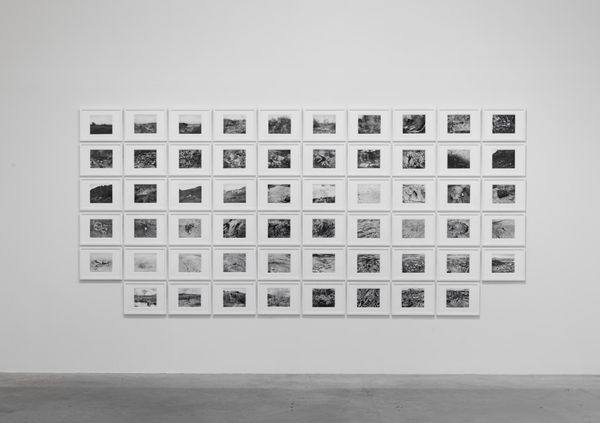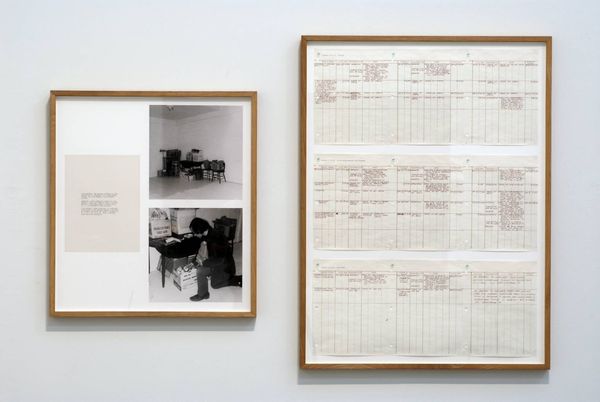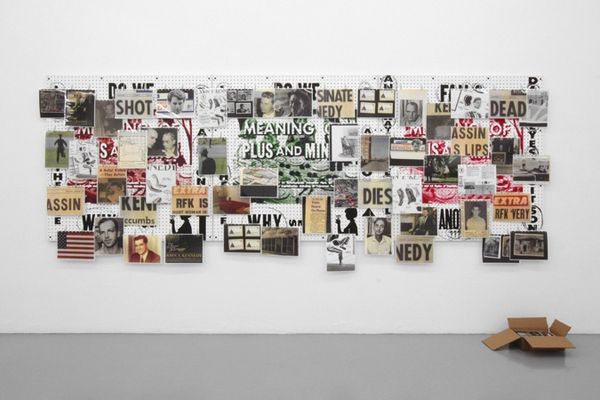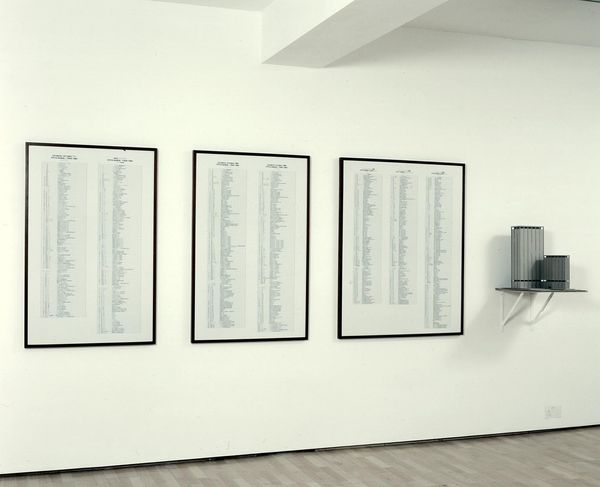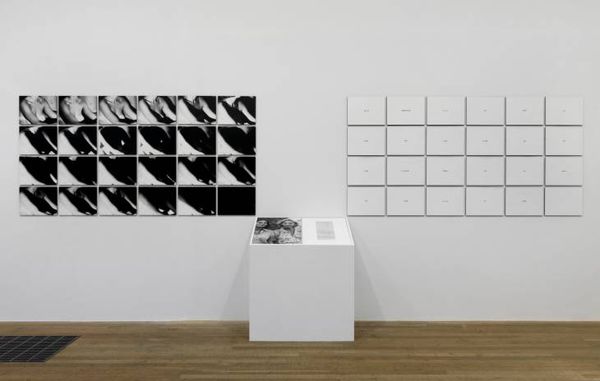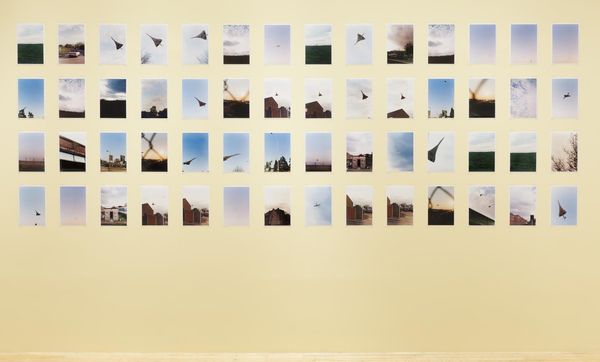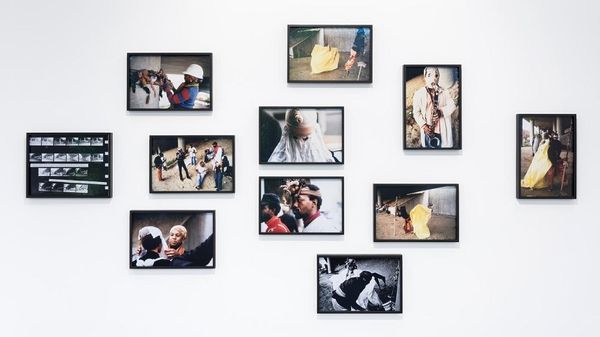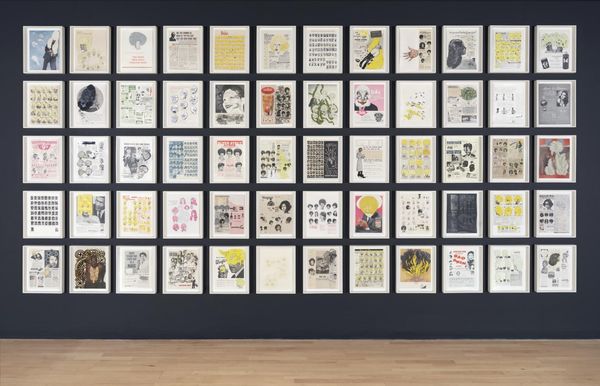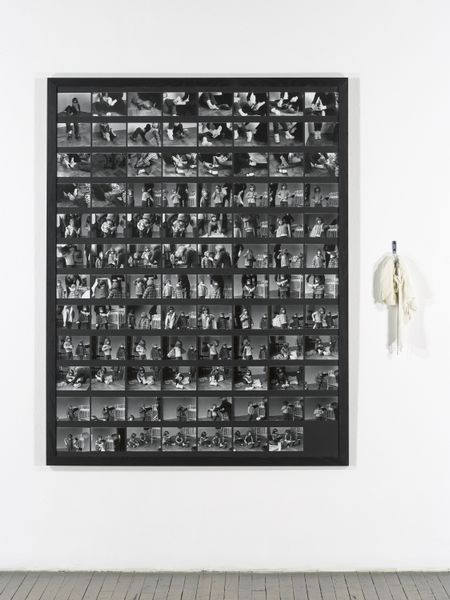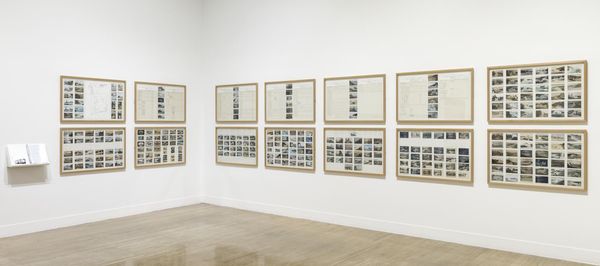
Dimensions: frame: each 707 x 612 x 34 mm
Copyright: © Linder | CC-BY-NC-ND 4.0 DEED, Photo: Tate
Editor: This is Linder’s "She/She," a photographic grid on display here at Tate Britain. The portraits, some paired with text, strike me as fragmented, almost like a disrupted narrative. What do you make of it? Curator: I see a chorus of voices, really. Linder's playing with identity, those shifting sands of self, particularly female identity in the media. Do the faces look familiar? Editor: A bit! Like models from magazines? Curator: Exactly! By pulling them apart and pairing them with text, Linder reveals the constructed nature of the "she" we're constantly bombarded with. Makes you wonder, who are we really seeing? I find it quite powerful. Editor: Me too! Now I’m seeing the subtle commentary of mass media and identity. Thanks!
Comments
Join the conversation
Join millions of artists and users on Artera today and experience the ultimate creative platform.
tatebritain 8 months ago
⋮
She/She consists of fourteen black and white photographs, nine of which are portraits of Linder and the remaining five are photographs of short sections of text written in a typewriter font. The prints are presented in black frames, usually displayed in two horizontal rows of seven to be viewed in the sequence top row left to right, bottom row left to right, with the text pages interspersing the portraits. The photographs of Linder are by the Swiss photographer Christine Birrer, with whom Linder collaborated at this time on a number of different projects. The work was first produced in a booklet Pickpocket: SheShe 1981 to coincide with the release of a six-track cassette tape, Pickpocket, by the group Ludus, of which Linder was a member. The booklet format was slightly different to that originally conceived, and as it has now been printed and editioned. The fragments of text are written by Linder and taken from three of the songs on the cassette, Mutilate, The Fool and Mouthpiece. They refer to the themes of hiding, searching and finding evoked in the images.
